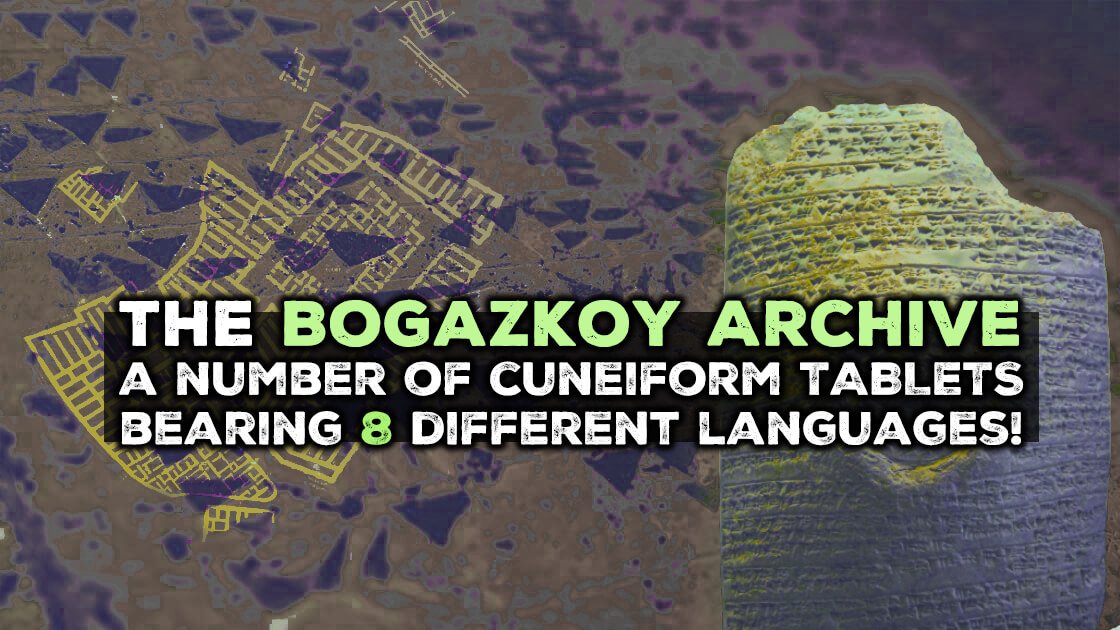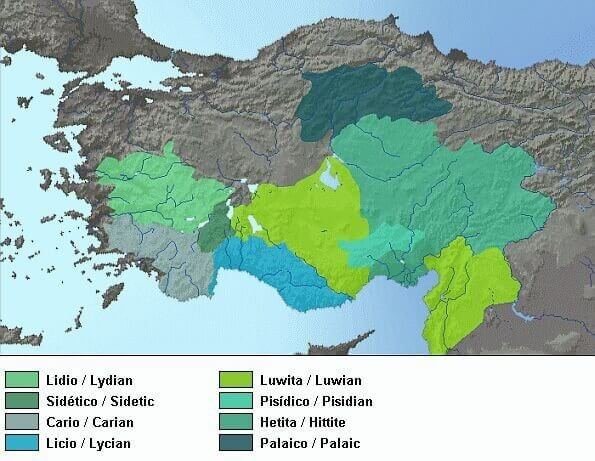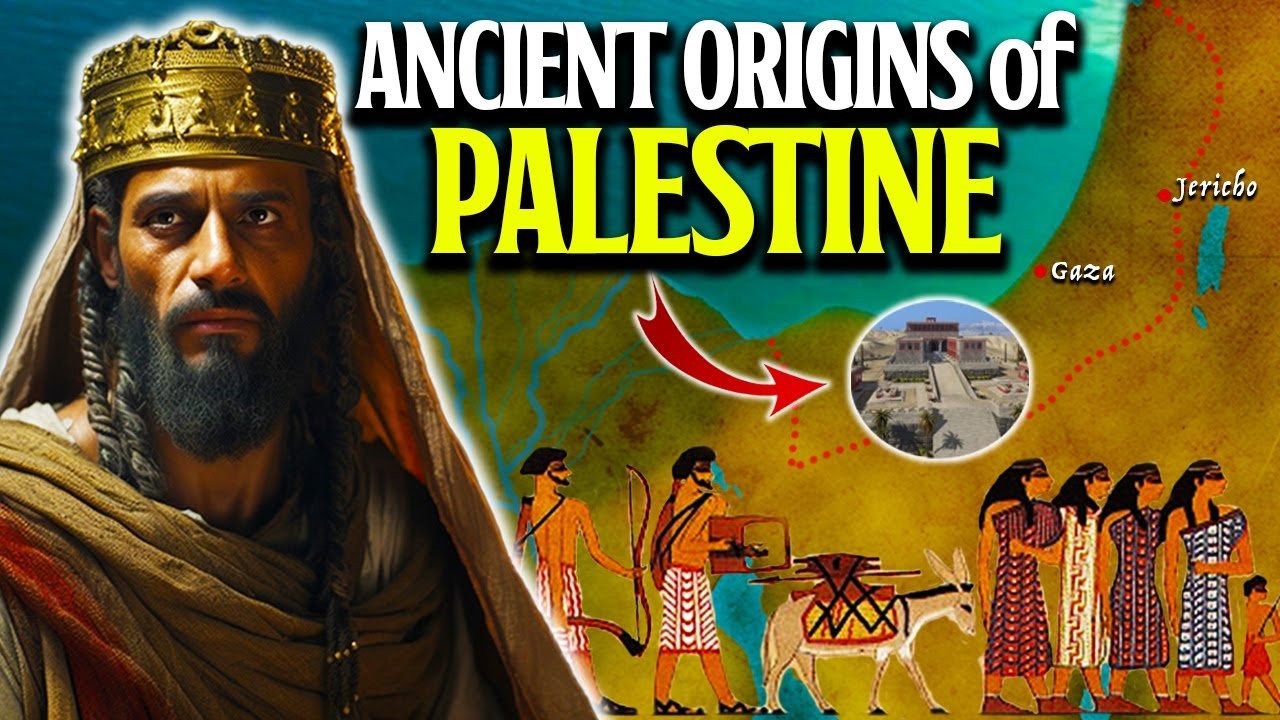Ridley Scott's latest film, "Napoleon," starring Joaquin Phoenix, takes artistic liberties with historical events, particularly in depicting Napoleon Bonaparte ordering his soldiers to aim cannons at the pyramids in Egypt. However, amidst the embellishments, there is a nugget of truth that unveils Napoleon's encounter with cannabis during his conquests in Egypt. This article delves into the real story behind Napoleon's ban on cannabis and its unexpected impact on the history of cannabis prohibition.
The Invasion of Egypt and the Love of Hashish
In 1798, Napoleon led the imperial French army into Egypt with the dual goals of disrupting trade routes between India and England and establishing French rule in the Middle East. However, the French forces faced an unforeseen obstacle— the Egyptians' love for hashish. Rather than imposing their customs on the Egyptians, Napoleon encouraged his administrators to embrace local culture. French scholars and scientists established libraries and research centers to explore the traditions and inventions of the Islamic world.
The Hashish Ban and Its True Motivations
Contrary to popular belief, Napoleon did not personally institute the ban on hashish due to his soldiers being too stoned to fight. The ban came after the campaign and was enacted by one of Napoleon's generals, Jacques-François Menou. Menou saw the ban as an opportunity to address a perceived public health issue and gain favor with his Sunni elite in-laws. Issued in 1800, Menou's mandate is considered the first drug prohibition law in the modern world, prohibiting the cultivation, sale, and consumption of cannabis.
The Failed Ban and Cannabis' Journey to the West
Despite the ban, hashish continued to thrive in Egypt, with its roots going back as far as 3000 BC. French soldiers not only failed to prevent Egyptians from using hashish but inadvertently introduced the substance to Western Europe. Paris saw the emergence of the "Club des Hachichins," a group of open-minded writers and painters who celebrated the drug that the government was attempting to eradicate.
Hashish's Role in the Napoleonic Wars
Hashish wasn't the only cannabis product playing a role in the Napoleonic Wars. Hemp, a versatile plant, was crucial for making bags, rope, cordage, sails, and other materials essential for warfare. Napoleon sought to control hemp production by pressuring Russia to cease business with Great Britain in the Peace Treaty of Tilsit in 1807.
Napoleon Bonaparte's encounter with cannabis during his Egyptian campaign had unintended consequences on the history of cannabis prohibition. Despite the ban's failure in Egypt, it marked the beginning of Western Europe's approach to cannabis regulation. The journey of hashish from Egypt to Western Europe and the failed attempts at hemp control underscore the complex and intertwined history of cannabis and warfare during the Napoleonic era. Ridley Scott's film may take creative liberties, but the reality is equally fascinating, revealing the intricate relationship between historical events and cannabis prohibition.




































